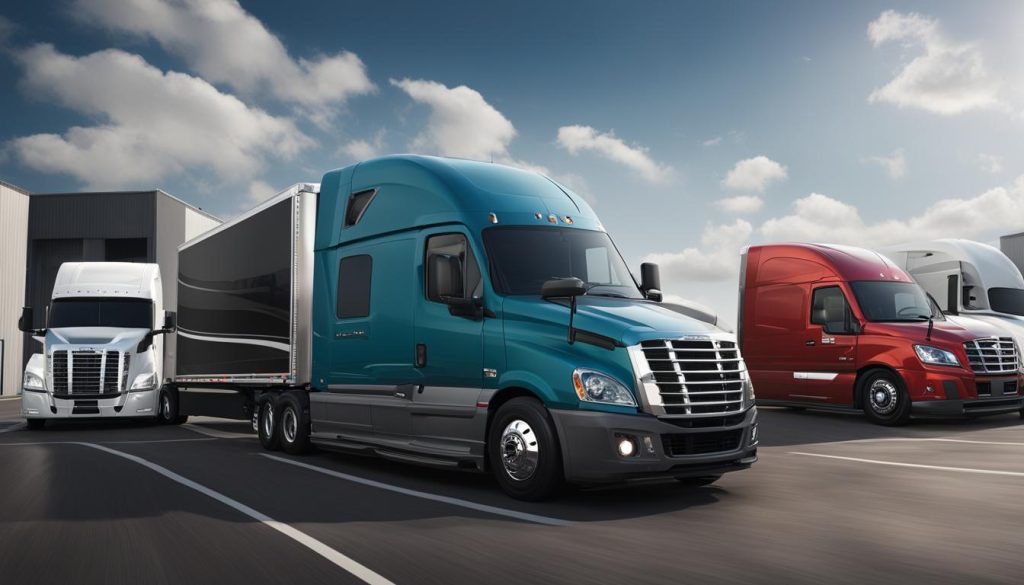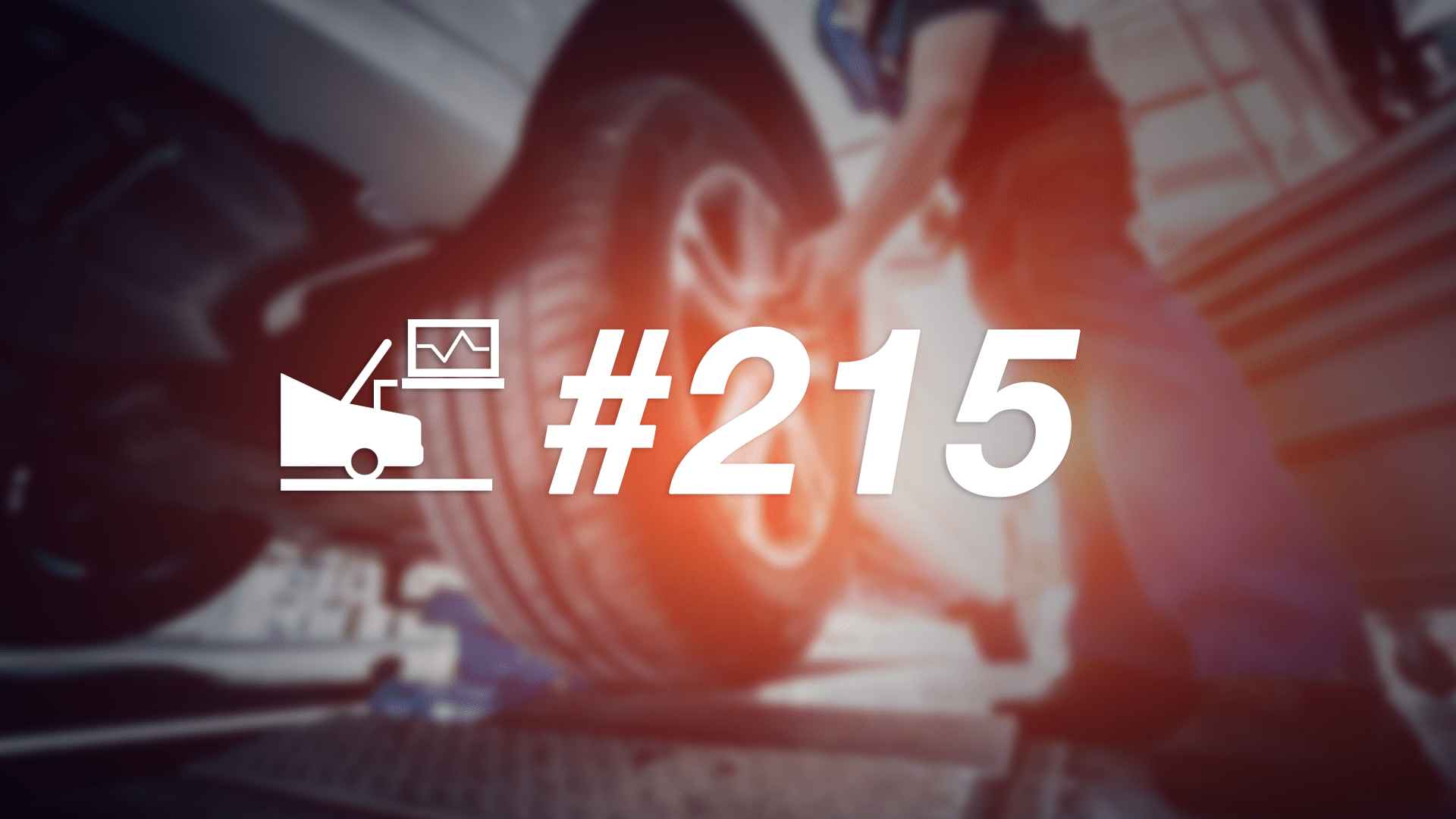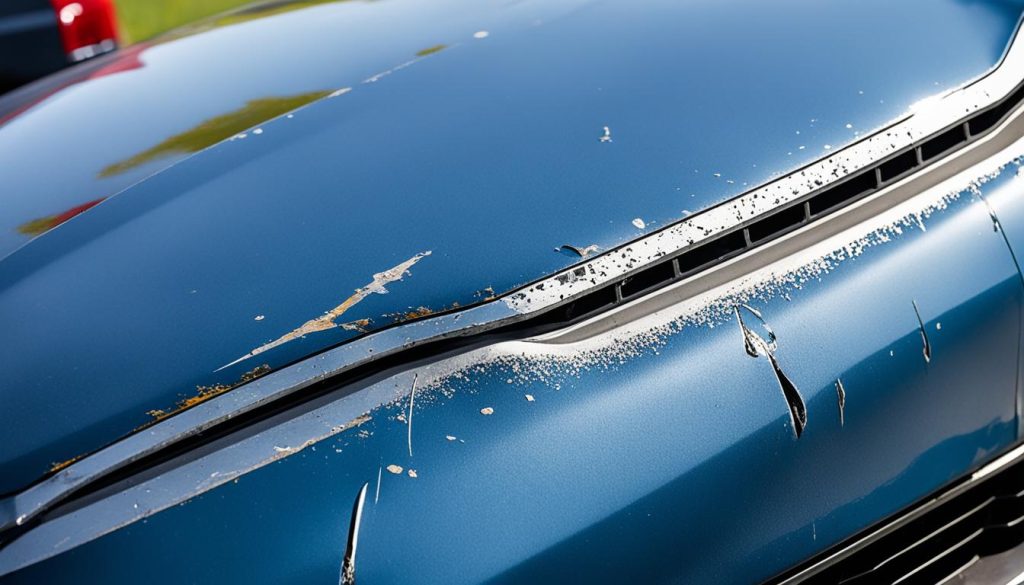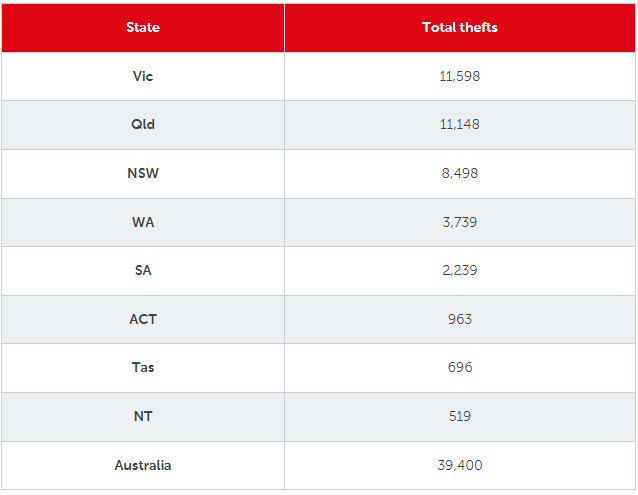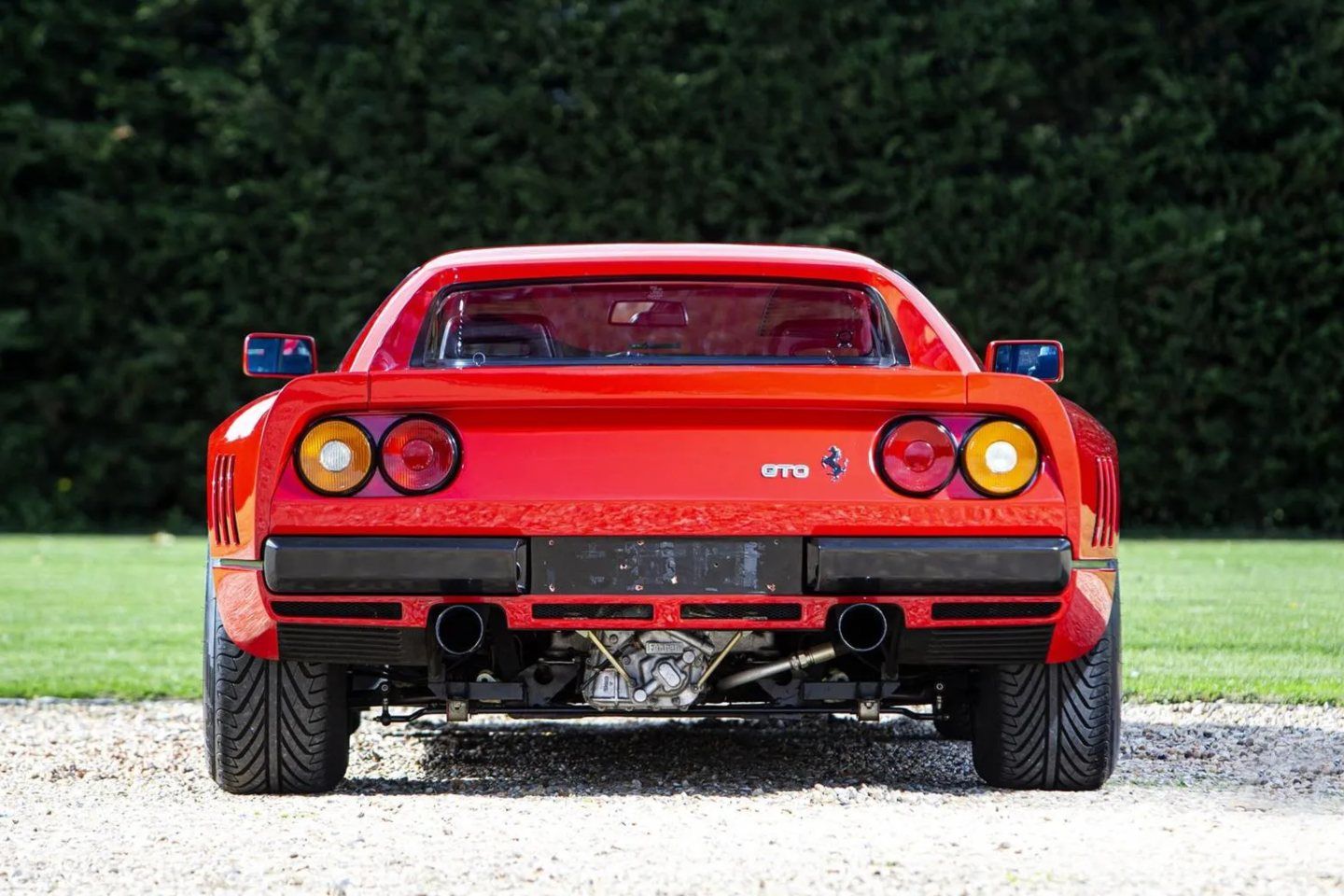
Ask most people to name their favourite Ferrari – favourite car, even – and many will say the F40. Of course, they will. It’s a deity in supercar circles, and with good reason. Raw, stripped bare of any fripperies in the pursuit of purity, and fast. Bloody fast. Record-breaking fast, it being the first road-legal car to hit 200mph flat out. It also has a certain poignancy, being the last ever Ferrari to be commissioned by il Commendatore himself. Yet there are some that would disagree that the F40 was the best of the best. Some would argue that the Ferrari 288 GTO is the standard bearer for the Prancing Horse, and here’s why they might be right.
Long before the F40 was a twinkle in Enzo’s eye, between 1984 and 1986, the 288 GTO was Ferrari’s top supercar. In fact, that’s slightly underplaying it. The cars that came before it were supercars. Cars like the Countach, for instance, and even the in-house Testarossa, which came out in the same year as the GTO. But the GTO wasn’t really a supercar, it was arguably the world’s first hypercar. Something so monstrously fast that it was in a league above everything else on sale at the time. It demanded this new designation.
Remember, the GTO came out two years before the Porsche 959 (1986), which prefaced some truly mind-blowing creations, including the 288 GTO-derivative F40 (1987) and the McLaren F1 (1992). But it was the GTO that marked a line in the sand after which everything seemed to become evermore dizzyingly exciting. The 288 GTO has something over the F40, too. It may have looked like a 308 after a protein shake and a solid week in the gym, but it was never conceived as a road car. This was designed from the outset to compete in Group B, but on a circuit not a rally stage. Meanwhile, the F40 looked like something built to blitz the Mulsanne straight, but was a road car, pure and simple.
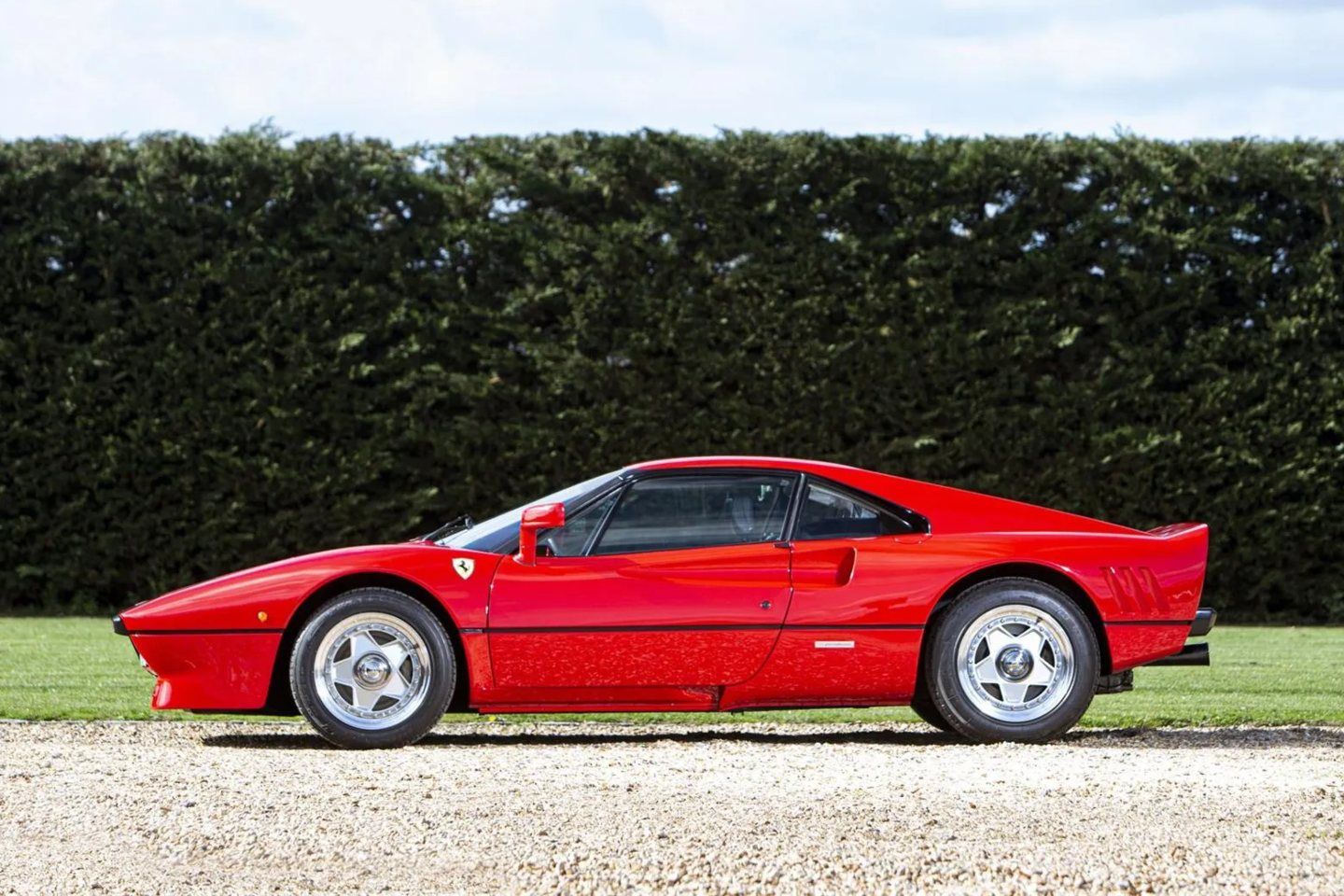
So the GTO had motorsport DNA to add to its allure. Its motorsport pretensions also shaped so much about the car, including its name. There have been just three Gran Turismo Omologatos: the original 250 GTO from 1962, the 288 GTO and the 599 GTO from 2011. Omologatos means homologation model, and Group B entry demanded 200 road cars needed to be made. In the end, Ferrari made 272 288 GTOs, with every one sold out long before the first road cars were delivered, fuelled by the financial hedonism of the mid-eighties.
Its motorsport credentials also shaped its looks, with all the cooling vents and ducts to direct the airflow around the car for aero or use it for cooling the 2,855cc twin-turbo V8. Along with a pair of IHI turbos, the all-alloy V8 boasted quad cams, 32 valves and Weber-Marelli electronic fuel injection. The block was based loosely on the design from the 308, but its capacity was reduced to meet the FIA’s equivalency formula and allow it to compete in the sub-4,000cc class. As a road car it developed 400hp at 7,000rpm, which equates to 140hp per litre, but in race trim it would’ve been run at around 650hp. I say would’ve, because, as with so many Group B babies, the 288 GTO never had the chance to compete before the series was quashed.
Despite those looks and the wiff of 308 in its engine, this really was no 308. The V8 engine was turned around 90 degrees, so it ran longitudinally instead of transversely, and that had at least two advantages. Firstly, it helped the packaging and weight distribution, which was an optimum 50:50. It also meant that you could see the end of the transaxle gearbox casing, with its locking diff, poking out underneath the back of the car. And from my point of view, the view of a gearbox casing sticking out from the back of a road car is just special. It’s the one bit that, above all else, makes the 288 GTO special for me.
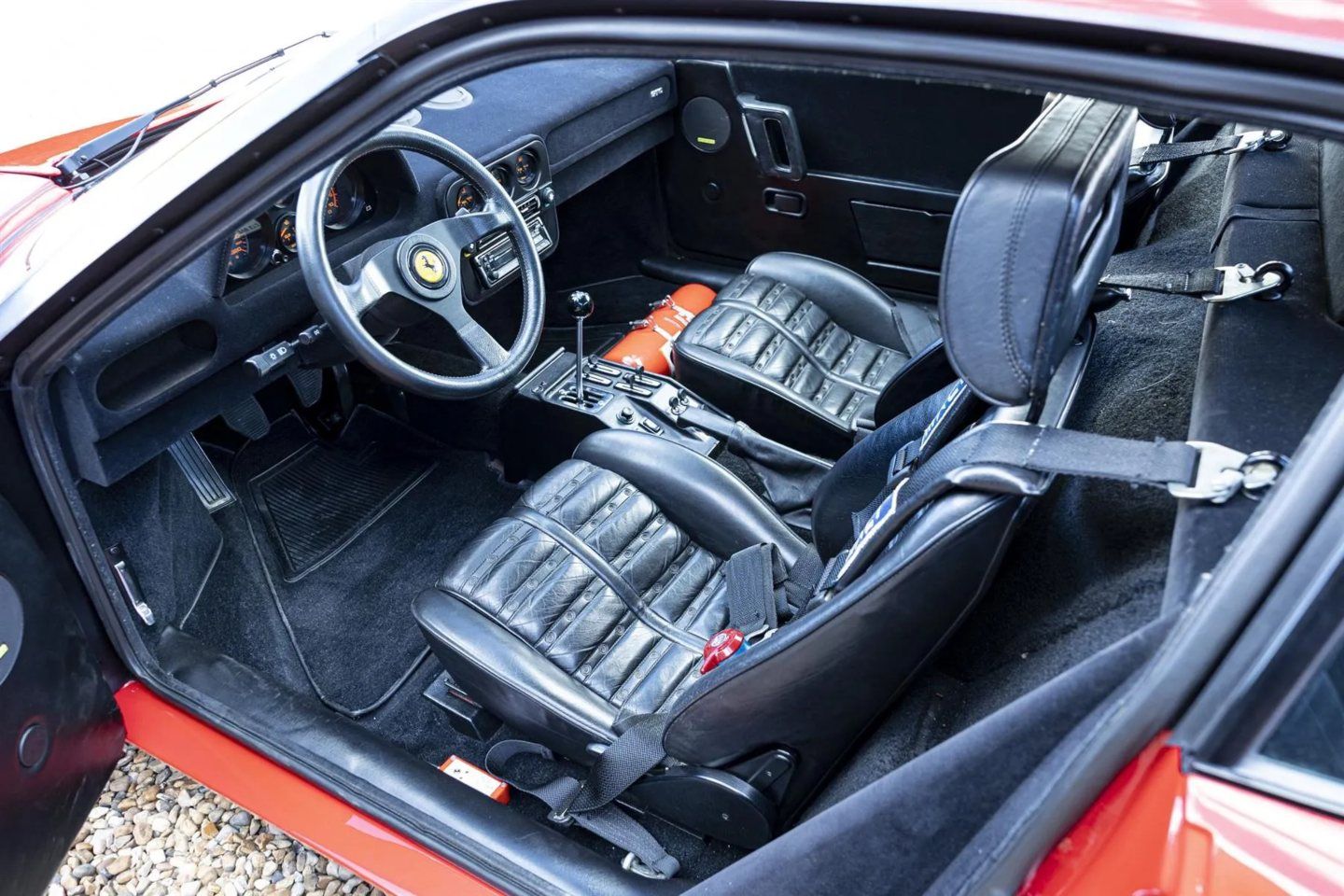
There’s so much that is special about this car, though. The lightweight bodywork, for instance, which included Kevlar and composite. The doors were aluminium, though, and the 288 GTO was still built around a traditional tubular-steel chassis. The use of exotic materials (for the time) was a necessity. The weight limit for Group B was 1,100kg, and the competition cars came in underneath that. The road cars, however, with their beautifully trimmed Daytona seats, orange on black Veglia dials, and various toggles and sliders to control the heating and ventilation (including air conditioning on some models) tipped the scales slightly over that. We’re still talking about a 400hp car that weighs about 1,160kg in road trim, though, so it’s still very light by today’s standards.
This particular 288 GTO, brought to you by Talacrest, is number 31 of 272 and comes with the all-important Classiche certification. It was first registered in Italy, which makes no difference to where the steering wheel sits because all 288 GTOs were left-hookers. I am not going to go on about how cherished it’s been – you can read that for yourself in the advert. Or just look at the pictures. It’s beautiful. By that I mean its condition, but also the car. I am an F40 fan, but even I can admit that the 288 GTO is the more classically beautiful design. The best Ferrari ever? There are so many to choose from, but very possibly, yes.
SPECIFICATION | Ferrari 288 GTO
Engine: 2,855cc, V8, twin turbo
Transmission: five-speed manual, rear-wheel drive
Power (hp): 400 @ 7,000rpm
Torque (lb ft): 366 @ 3,800rpm
CO2: N/A
MPG: N/A
Recorded mileage: 17,000
Year registered: 1985
Price new: £73,000
Yours for: What someone’s willing to pay
#Ferrari #GTO #Spotted



